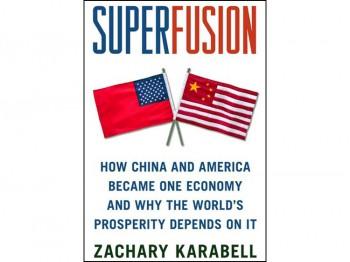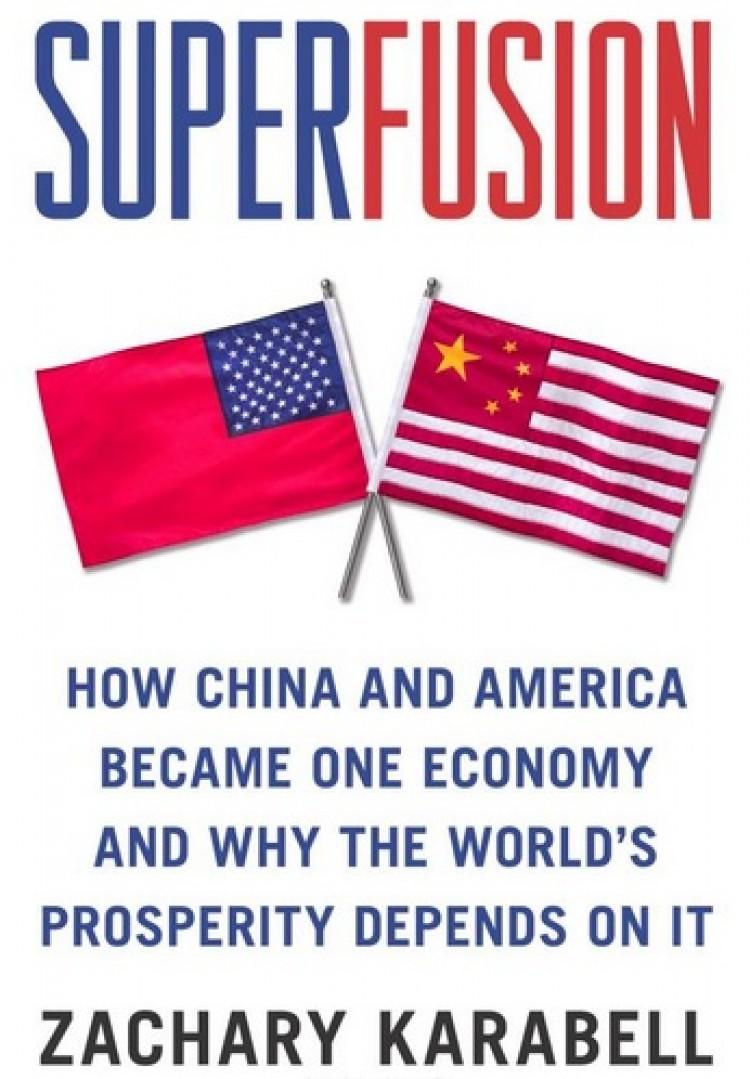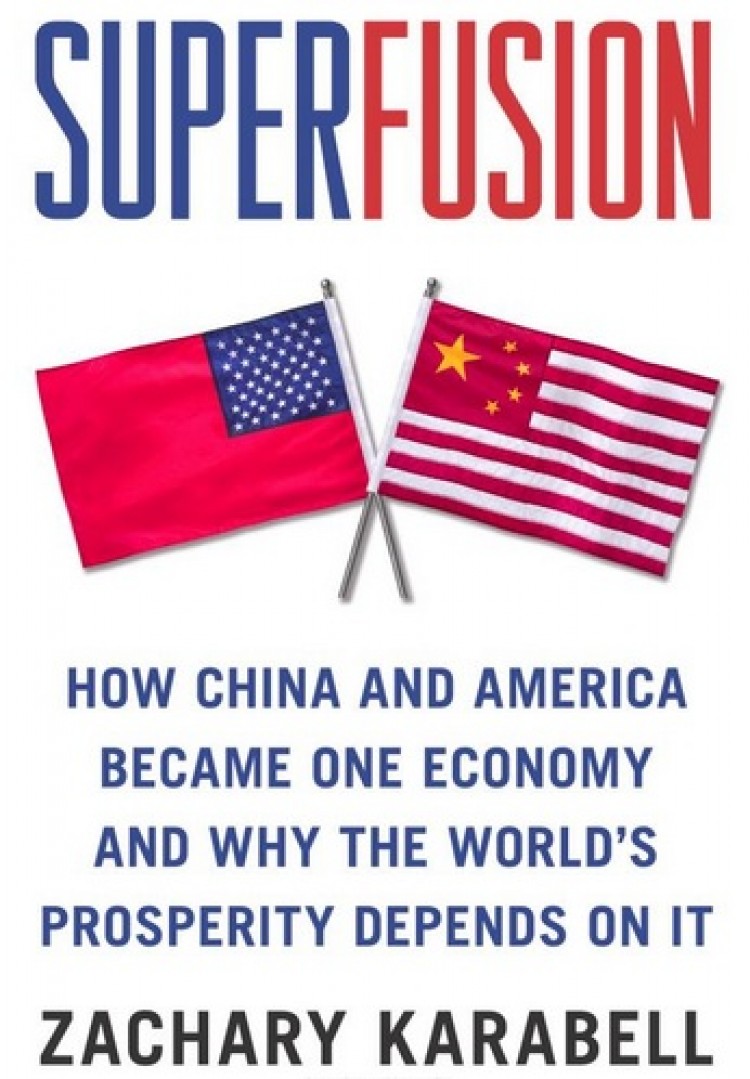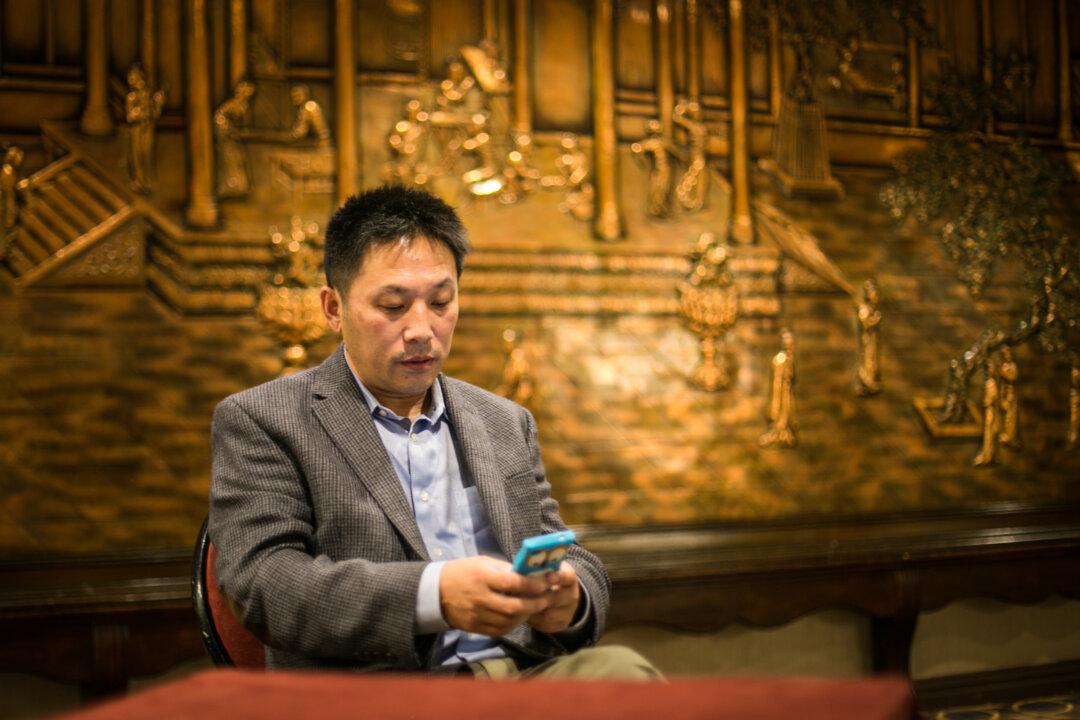Superconfusion: A Review of “Superfusion” by Zachary Karabell
History will not be kind to books like Zachary Karabell’s.

The cover of 'Superfusion' by Zachary Karabell. Simon & Schuster
|Updated:
Matthew Robertson is the former China news editor for The Epoch Times. He was previously a reporter for the newspaper in Washington, D.C. In 2013 he was awarded the Society of Professional Journalists’ Sigma Delta Chi award for coverage of the Chinese regime's forced organ harvesting of prisoners of conscience.
Author’s Selected Articles






